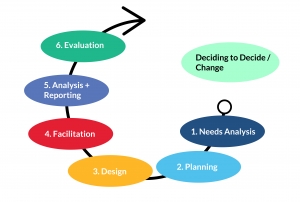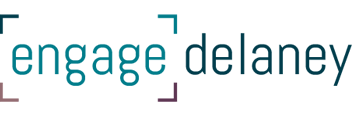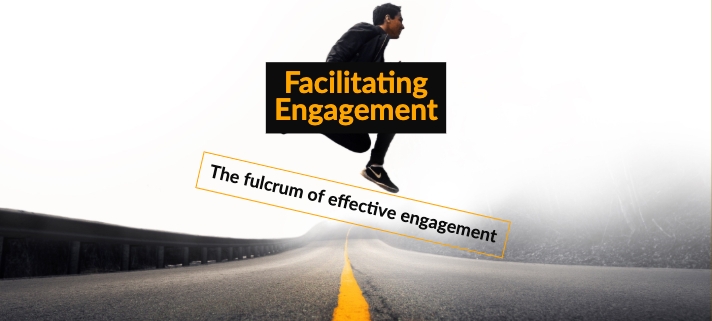Facilitating Engagement – the fulcrum of effective engagement
 The engagement cycle includes several discrete and integrated steps.
The engagement cycle includes several discrete and integrated steps.
To be effective, all steps in the cycle need to be completed. For those who have completed the iap2 Planning and Techniques modules, the Needs Analysis, Planning and Design processes will be very familiar. Through these steps, we make strategic decisions about engagement scope and timing, stakeholder mapping of those who will be engaged – and at what intensity. We also do impact analysis to effectively manage risk and change and to create a dialogue framework of positive and negative impacts that will guide the conversation. We reach out to representative key stakeholders to understand how to best design and communicate in order to recruit and prepare participants for meaningful engagement.
Completing these steps leaves us with a comprehensive communication and engagement plan. The plan is activated through the Facilitation step.
The communication aspects of the plan facilitate:
- recruitment of those individual and organization who need to participate in order to legitimize the engagement (and by extension the decision),
- awareness among the broader community of stakeholders that a future change will impact them, in order to motivate participation,
- awareness of how to get engaged,
- a clear and common understanding of the background and rationale for the decision as a basis for meaningful participation, and
- communicate ongoing and final engagement results.
Activating these plan elements effectively sets the engagement up for success. That is, creates spaces where the “right” people are motivated and prepared to engage in meaning conversations. Facilitating engagement is a critical step to activation.
Facilitation is assistance to group decision making. Facilitation adds value to group processes by keeping the group on task and heading in a direction that will accomplish objectives set out in the plan. Facilitating engagement is a specialized field within the professional discipline of group facilitation as overseen by the International Association of Facilitators. This is the professional body which confers the designation of Certified Professional Facilitator (CPF).
In an engagement context think of the facilitation step in the engagement cycle as the fulcrum, kind of like the support to a teeter-totter, that balances the first few steps of the engagement cycle (needs analysis, planning, and design) with the last two steps (analysis & reporting and evaluation). Facilitation is the central support for effective engagement. It is where the rubber really hits the road. Facilitation activates the good planning and design we do before engaging stakeholders. Facilitating engagement is more than a step in the cycle, it is a skill that needs to be built to address the formattable challenges we can face with our stakeholders.
Some of the major facilitating engagement challenges, and thus risks to engagement success we see regularly include:
- the decision maker or staff as the facilitator blurs the roles between helping the group to decide and ultimately making the final decision,
- failing to use facilitation best practices to frame engagement conversations, including agenda building and management, proactively dealing with the potential for disruption and even aggression,
- inadequately dealing with the emotions that inevitably emerge when we purposefully bring passion people together, and many others.
It’s for these reasons that Delaney has created the two-day Facilitating Engagement workshop. This skill-building workshop deals with critical elements within the Facilitation step of the engagement cycle:
- strategies to deal with conflicting roles,
- how to acquire group process authority,
- building your facilitation persona,
- solidifying and stewarding group operating values, and
- building and managing agenda.
Perhaps the most important take away for the workshop is the confidence and conviction facilitators need to stand in the fire of difficult conversations. To build and hold space where participants come to respect each others’ views. An environment where compromise is possible so that consensus can emerge.
Join us …




